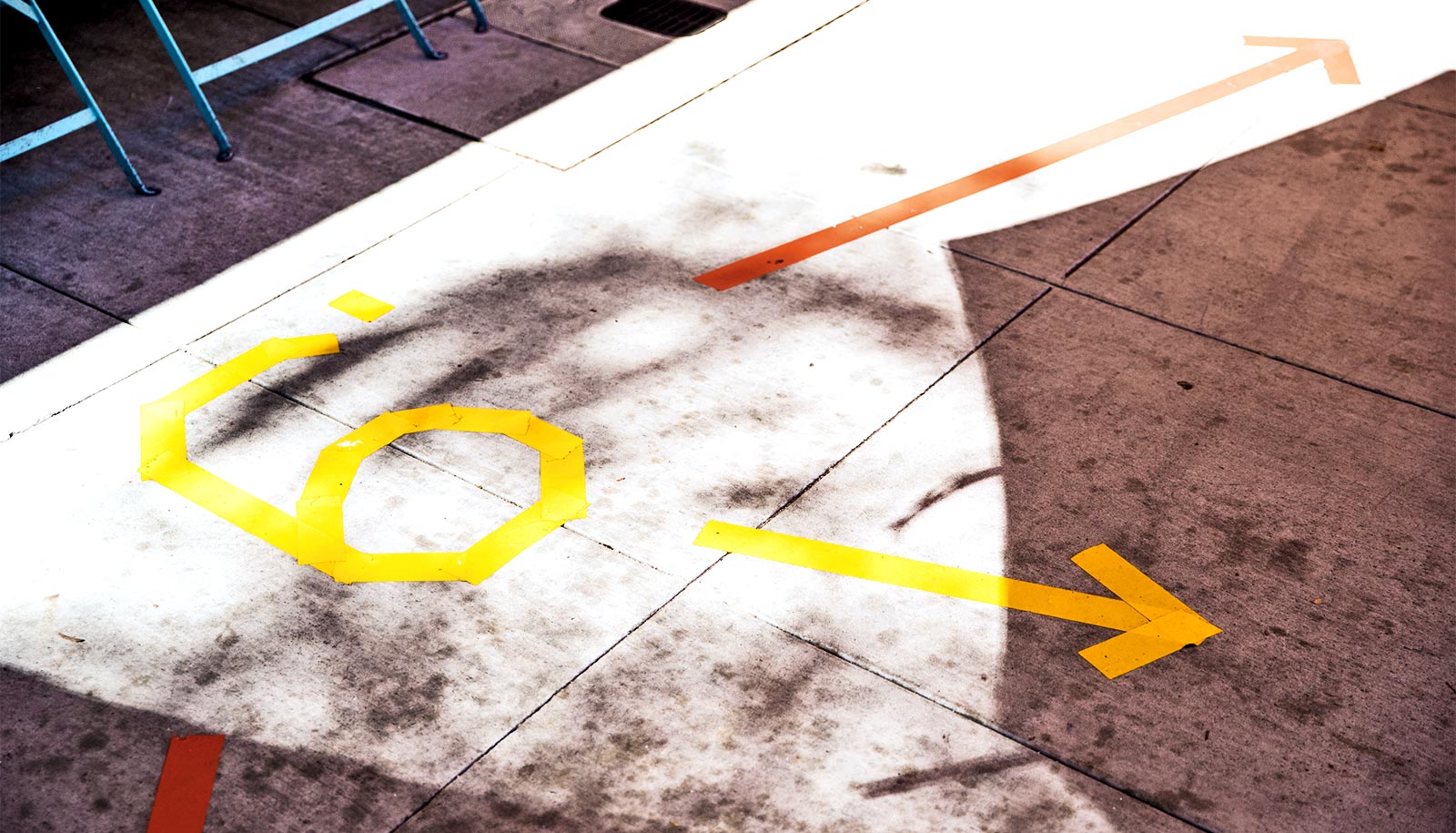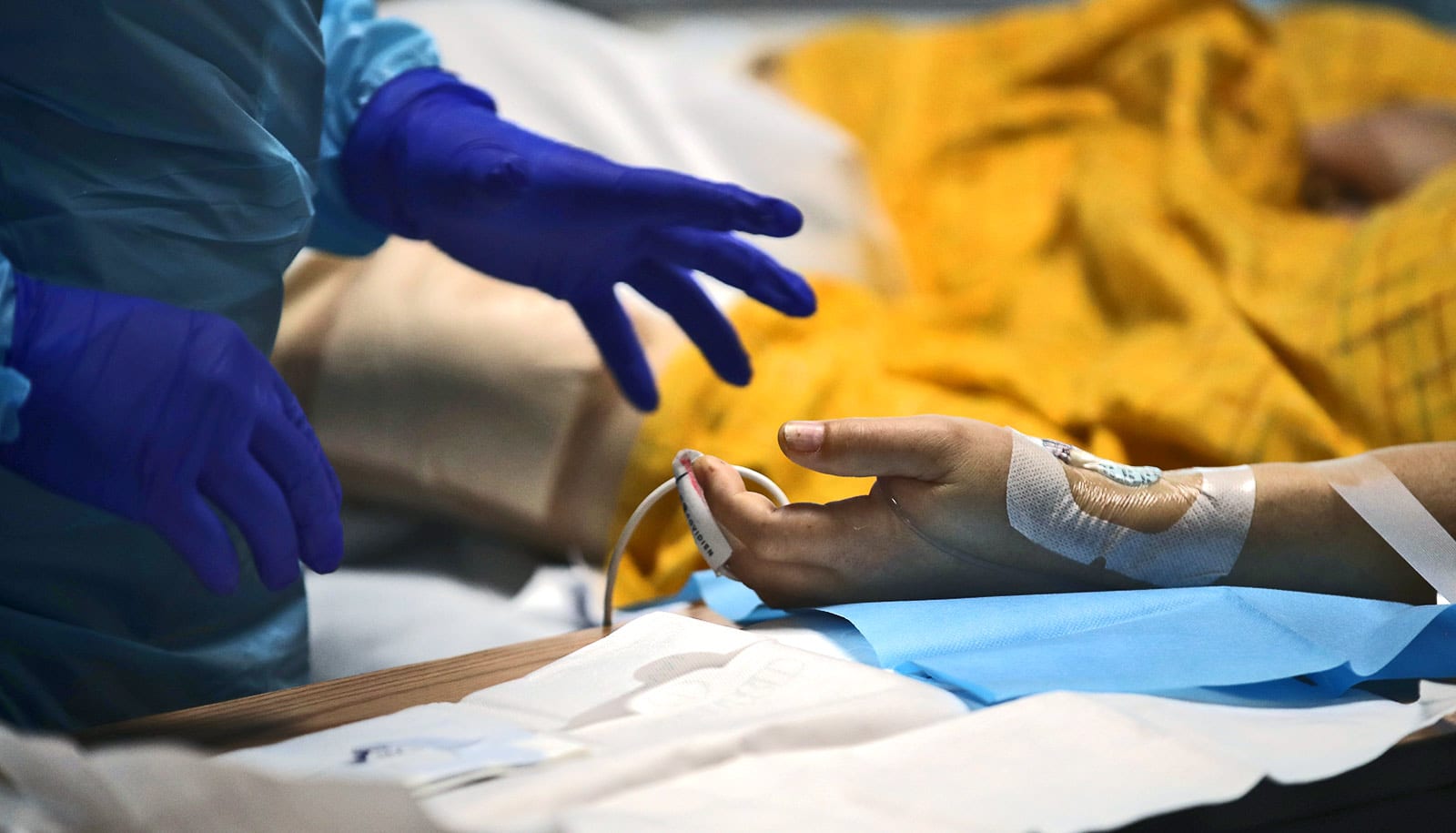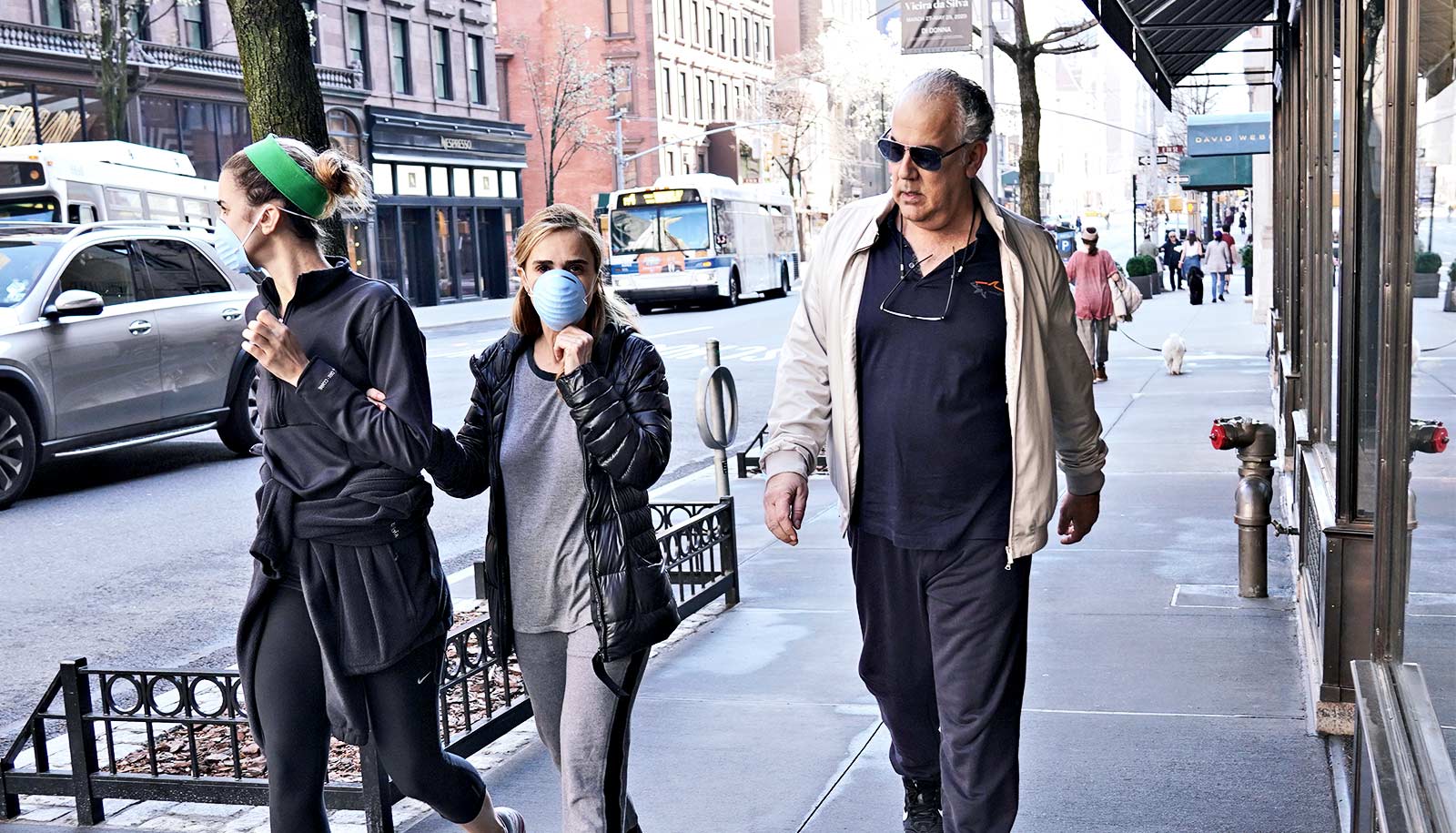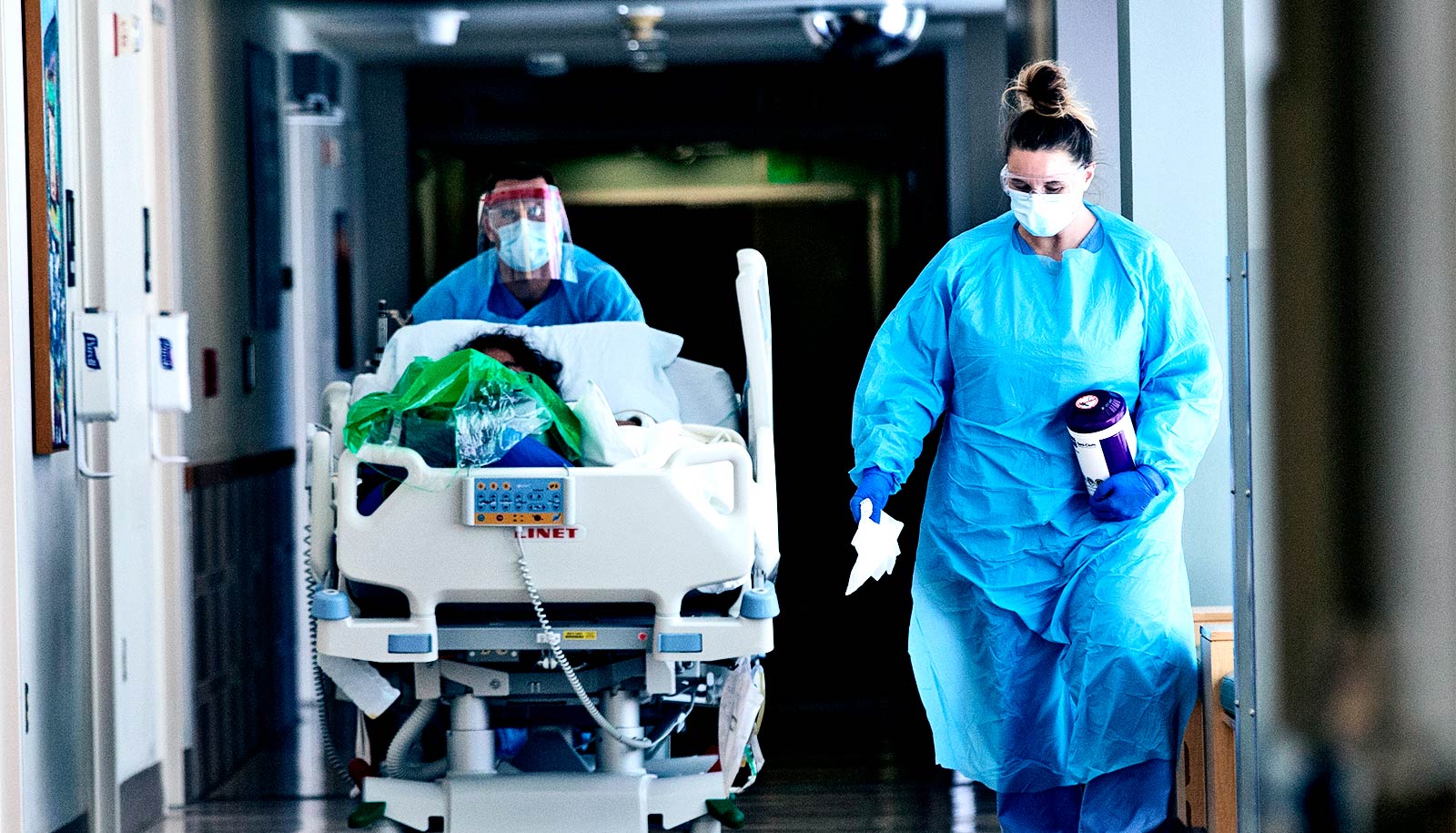Places that took longer to begin implementing social distancing measures spent more time with the coronavirus rapidly spreading than did others that acted more quickly, a new analysis of outbreaks in 58 cities shows.
In the new paper that will appear in Emerging Infectious Diseases, researchers studied cities throughout China and analyzed when first cases were detected, when social distancing measures went into effect, and when the outbreak was considered contained.
The team found that every day a city delayed in implementing social distancing measures after the appearance of a first case added 2.4 days to the length of the outbreak.
“Every day saves time, saves effort, saves people becoming infected, and probably saves lives,” says Lauren Ancel Meyers, a professor of integrative biology who leads the University of Texas at Austin COVID-19 Modeling Consortium. “This is particularly important as we think about the coming weeks and months.”
The findings are applicable both to communities experiencing their first outbreaks and those that may see a resurgence in the coming months, Meyers says. Waiting a week after early signs of resurgence might require about 17 more days of social distancing to slow the spread of the pandemic, according to the data.
“It will be difficult to consider strict interventions again, but acting early upon signs of resurgence will mean fewer days of social distancing orders,” says Spencer Fox, associate director of the UT Austin COVID-19 Modeling Consortium and coauthor on the paper.
“Our findings have implications for the timing of interventions in US cities,” Meyers says.
“The impact of delays may be particularly important for communities that are prone to rapid transmission, such as nursing homes, colleges, schools, and jails. We need concrete plans for when and how to respond to rising cases to prevent unnecessarily long and costly restrictions.”
To determine when an outbreak had been contained, scientists look at case counts and determine the reproduction number, a measurement that shows how many people will be infected by one infectious person. If the reproduction number drops below 1, scientists consider the outbreak contained.
Other studies into the effect of delaying social distancing measures have used modeling to estimate a link between the time of measures taken and the effect on outbreaks. By contrast, this study used on-the-ground data to determine the link between cities taking measures to contain the virus and rates of the virus spreading.
The researchers were not able to determine which social distancing measures were most effective, but their work shows that the timing of the first measure, regardless of the type, had a big impact.
“We provide direct, data-driven evidence that the timing of interventions has a substantial impact on how long an outbreak lasts, how effective our interventions are, and, ultimately, how many people might be infected and die from the virus,” Meyers says.
Although the study looked at cities experiencing the earliest days of an outbreak, the findings are also relevant for cities in the middle of an outbreak, Meyers says.
Researchers from UT Austin, Dalian Minzu University, the University of Cambridge, the University of Hong Kong, and the Yale School of Public Health contributed to the work.
Funding for the research came from the National Institutes of Health and the National Natural Science Foundation of China. Tito’s Handmade Vodka funds, in part, the University of Texas COVID-19 Modeling Consortium.
Source: UT Texas



